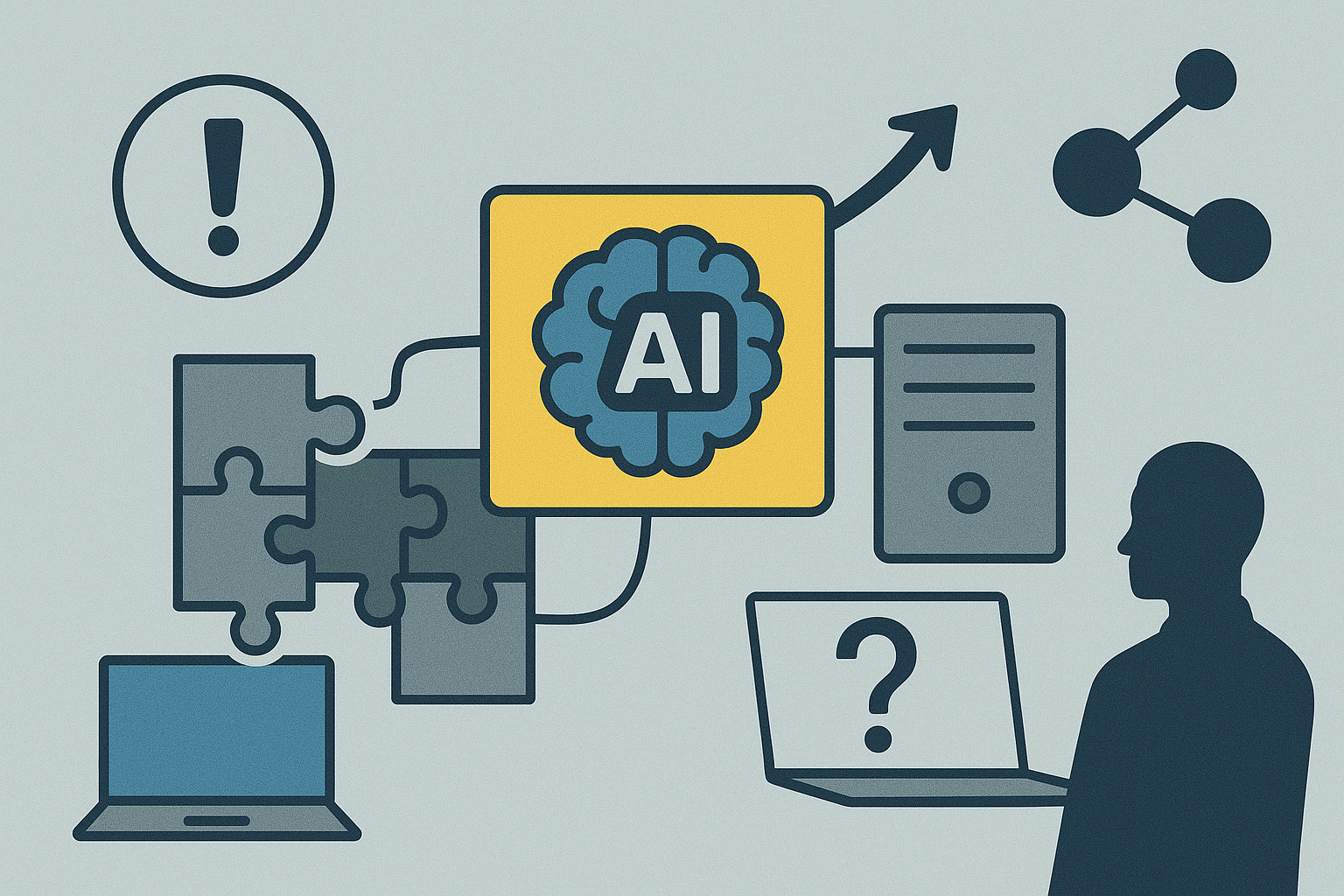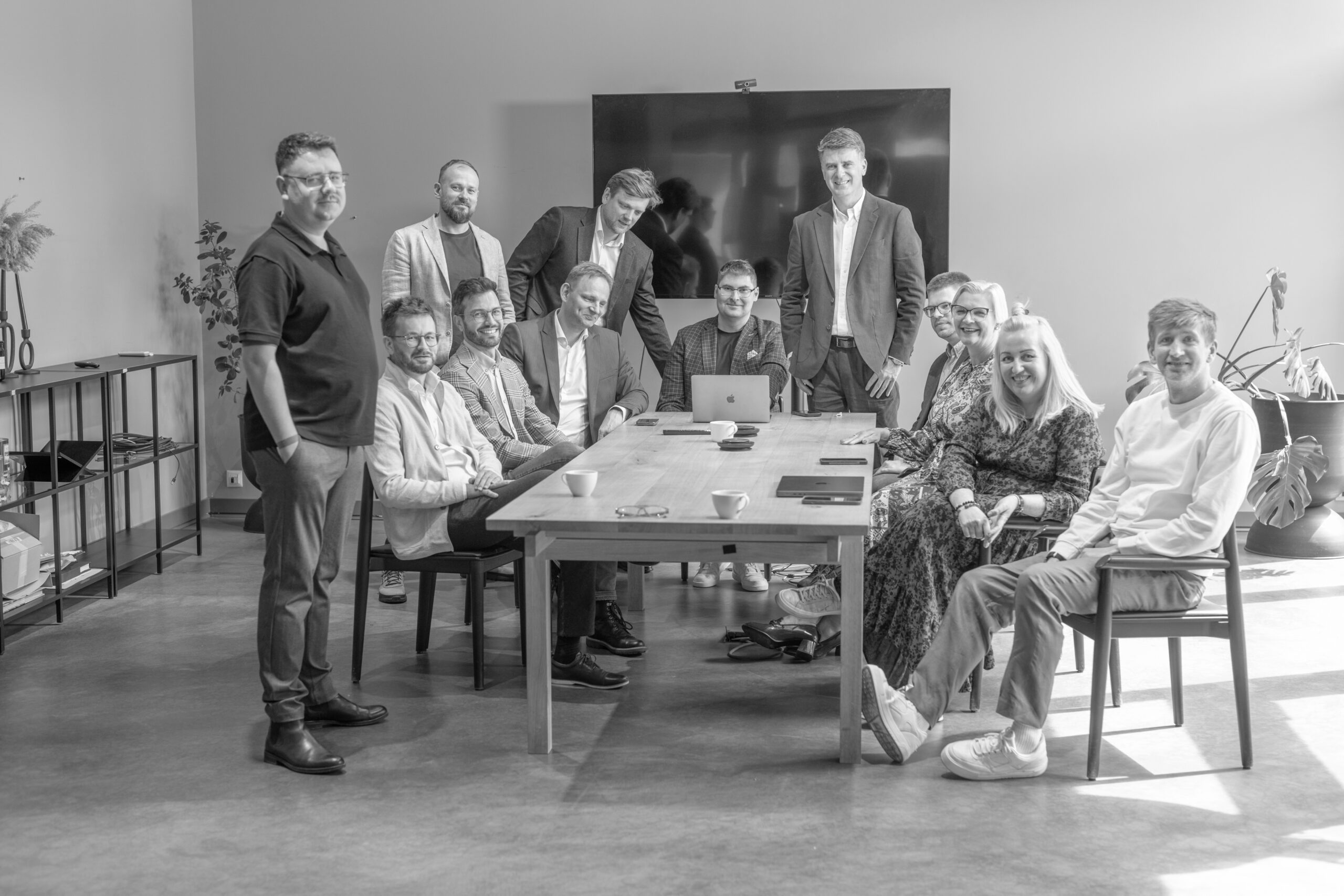
According to research quoted by Bankier.pl. While this might seem like a step toward simplifying IT environments, the real challenge lies deeper.
From our experience at Future.Company, running transformation projects across industries, we see a common pattern: fragmented systems, poor integration, and limited data flow. This isn’t just an IT issue — it’s a major barrier to operational efficiency, agility, and business scalability.
Today, with the wave of change driven by AI innovation, companies are realizing that it’s not about “adding another system” — it’s about rethinking the core of how the business operates.
The companies that paused their digital transformation efforts post-COVID are now at a disadvantage. The market is shifting toward direct-to-customer (D2C) models, where agility, personalization, and real-time responsiveness are critical — and legacy architectures can’t keep up.
Our recommendation to the C-suite? Don’t treat technology as a cost center or operational project — treat it as a strategic lever. Reducing the number of vendors or systems only makes sense if it supports a broader goal: boosting efficiency, accelerating decision-making, and unlocking innovation potential, especially in the era of AI.
For any company serious about D2C growth, key questions should be:
- Do our systems support fast experimentation and business model innovation?
- Is our IT structure enabling — or slowing down — our ability to respond to changing customer needs?
Winners will be those who build organizations ready for constant change.
Technology is just a tool. Real advantage comes from how leadership integrates it into the company’s strategic foundation.
#DigitalTransformation #BusinessStrategy #AIinBusiness #Innovation #CLevelLeadership #D2C #FutureOfBusiness #TechAsEnabler #OrganizationalAgility #Leadership





